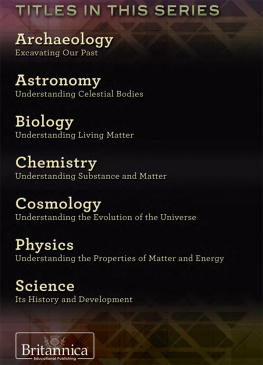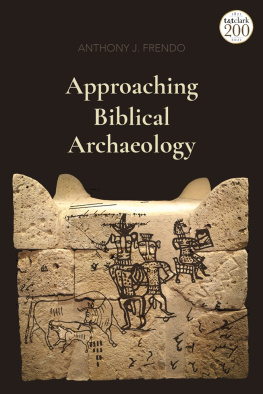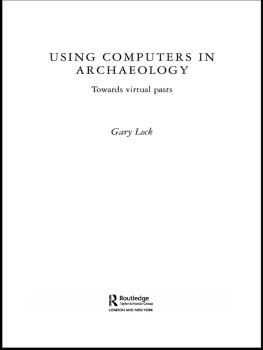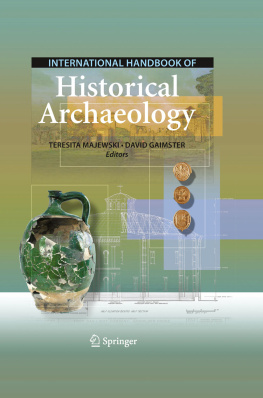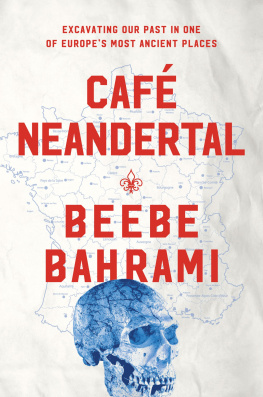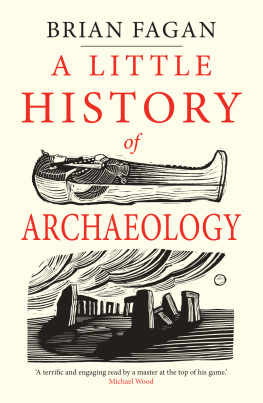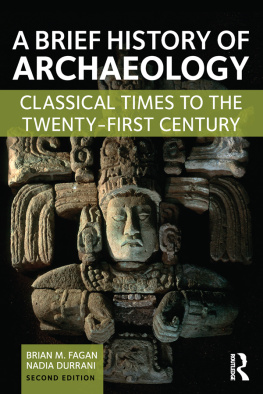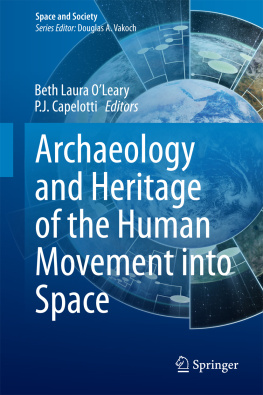

Published in 2015 by Britannica Educational Publishing (a trademark of Encyclopdia Britannica, Inc.) in association with The Rosen Publishing Group, Inc.
29 East 21st Street, New York, NY 10010
Copyright 2015 by Encyclopdia Britannica, Inc. Britannica, Encyclopdia Britannica, and the Thistle logo are registered trademarks of Encyclopdia Britannica, Inc. All rights reserved.
Rosen Publishing materials copyright 2015 The Rosen Publishing Group, Inc. All rights reserved.
Distributed exclusively by Rosen Publishing.
To see additional Britannica Educational Publishing titles, go to rosenpublishing.com.
First Edition
Britannica Educational Publishing
J.E. Luebering: Director, Core Reference Group
Anthony L. Green: Editor, Comptons by Britannica
Rosen Publishing
Hope Lourie Killcoyne: Executive Editor
Heather Moore Niver: Editor
Nelson S: Art Director
Nicole Russo: Designer
Cindy Reiman: Photography Manager
Karen Huang: Photo Researcher
Introduction and supplementary material by Judy Monroe Peterson.
Library of Congress Cataloging-in-Publication Data
Archaeology: excavating our past/edited by Heather Moore Niver.First edition.
pages cm.(The study of science)
Includes bibliographical references and index.
ISBN 978-1-62275-404-5 (eBook)
1. ArchaeologyJuvenile literature. 2. Civilization, AncientJuvenile literature. I. Niver, Heather Moore.
CC171.A76 2014
930.1dc23
2014004694
On the cover:Marques/Shutterstock.com; cover and interior pages borders and backgrounds iStockphoto.com/LuMaxArt
CONTENTS
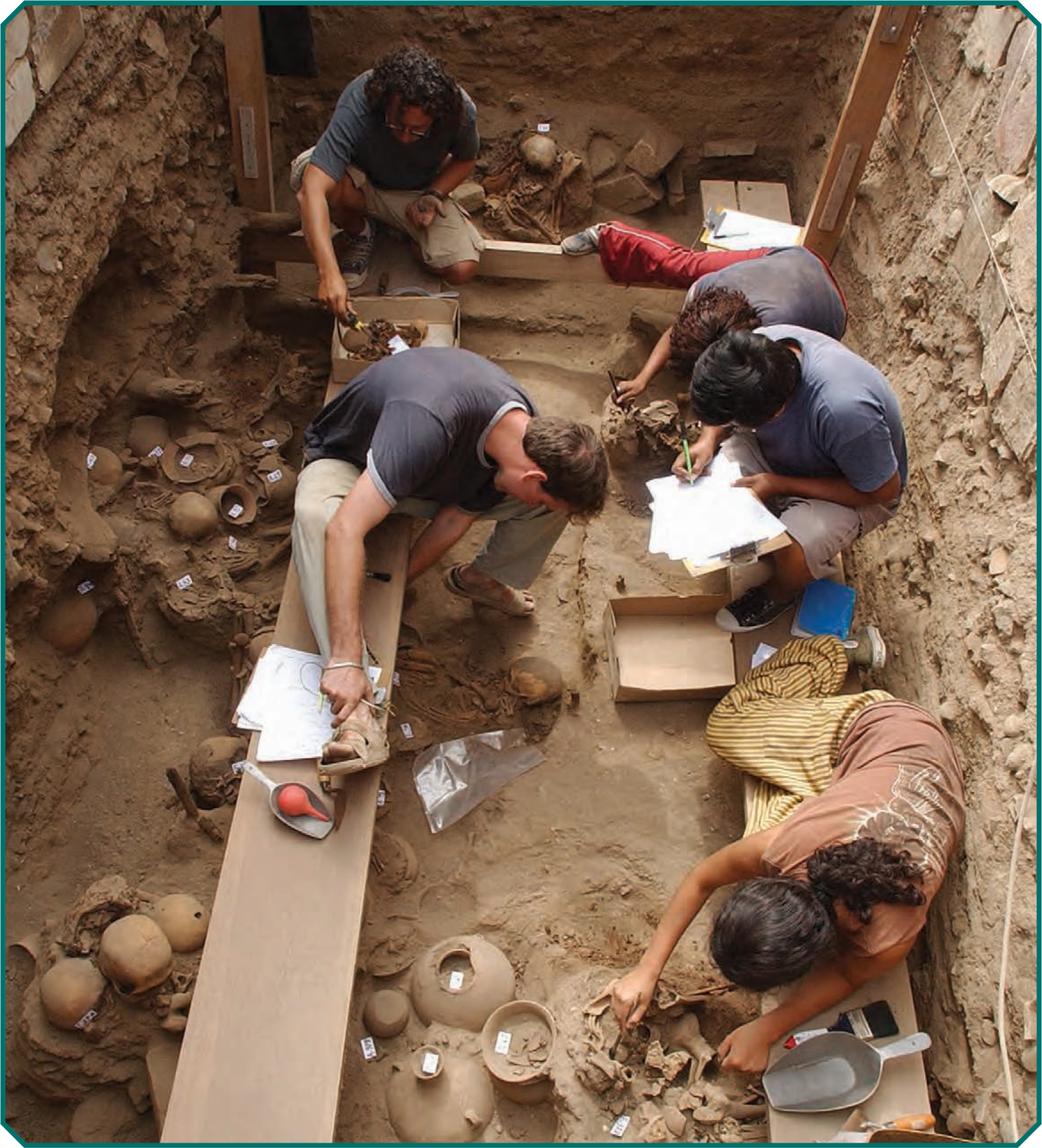
Archaeologists mapping their finds at Pachacamac, Peru, an indigenous town occupied from approximately 200 BCE to 1532 CE, when it was sacked by conquistadors under the command of Francisco Pizarro. AP Images
E veryone, young and old, has a natural curiosity about past civilizations, human cultures, and how ancient people once lived their daily lives. Popular movies, television shows, and books provide fictional adventure stories of the discovery of strange ancient cities with unusual characteristics. Archaeology tells the real story of how humans evolved and cultures developed. Archaeological research is important because it is the main method used to learn about societies that existed before writing was invented. It also provides additional knowledge about ancient civilizations that left written records.
The word archaeology was first used in 1837. The term is made up of two Greek wordsarchaios, meaning ancient or old, and logia, meaning learning or study. At that time, most archaeologists studied ancient things. By the mid-20th century, archaeological research had expanded to include finding out how and why cultures change.
Archaeologists use scientific methods and analytical technologies to answer questions about humankinds past. They carefully locate and study artifacts, or the remains of things fashioned by people. Artifacts include habitation structures, tools, clothing, pottery, weapons, jewelry, and art. Other materials, such as the bones of animals that were eaten and residual plant materials that were grown or collected for food, are also examined. Based on their discoveries, archaeologists piece together the knowledge of when, where, and how ancient people once lived.
A place where evidence is found becomes an archaeological site. At a site, a team of archaeologists follows a series of standardized steps to recover, study, and report on the artifacts made and used by ancient people. It is equally as important that plant and animal foods eaten or discarded be recovered, if available.
To accomplish a successful recovery, scientists first identify, map, photograph, and evaluate the area. Once an area is targeted for excavation, they divide the surface of the site into a grid pattern of squares. Locations where artifacts are found are recorded on the grid map, which helps the team determine where to look for additional artifacts. Archaeologists use computers to document each recovered object. They also measure and record the position and depth of each artifact and take photographs or videos to capture recovery details for future research.
Some artifacts and other materials from the sites are studied in laboratories. To interpret the evidence, archaeologists classify, or group the objects, often by shape. Next, they date them. A widely used dating method is radiocarbon dating, which requires organic material, such as shells, bones, and plant parts. The scientists then evaluate the objects to learn how and where they were made and used. Finally, they publish their findings in government and university reports and scientific journals. Some findings are also presented in articles written for the general public.
The work of archaeologists is invaluable, because it explains and protects the past. The more people know about their past, the more they understand how they are connected with each other and the environment of long ago. This knowledge also helps show how people can successfully interconnect with the environment today and in the future.
CHAPTER 1
T he field of study called archaeology combines the excitement of treasure hunting with the investigative labor of detective work. The materials of archaeological study are both the things made by people and the things used by them. All the things fashioned by peopleincluding settlements, buildings, tools, weapons, objects of ornament, and pure artare called artifacts. Nonartifactual materialsthings that were used but not made or fashionedinclude the unworked bones of the animals that were eaten, the traces of the plants that were either grown or collected for food, and the charcoal from ancient hearths.
Since the mid-20th century there has been another shift in the emphasis of archaeological study: from finding out how cultures change to trying to understand why they change. Some modern archaeologists are trying to establish archaeology as a true science from which generalizations or laws can be made about the causes of cultural change.
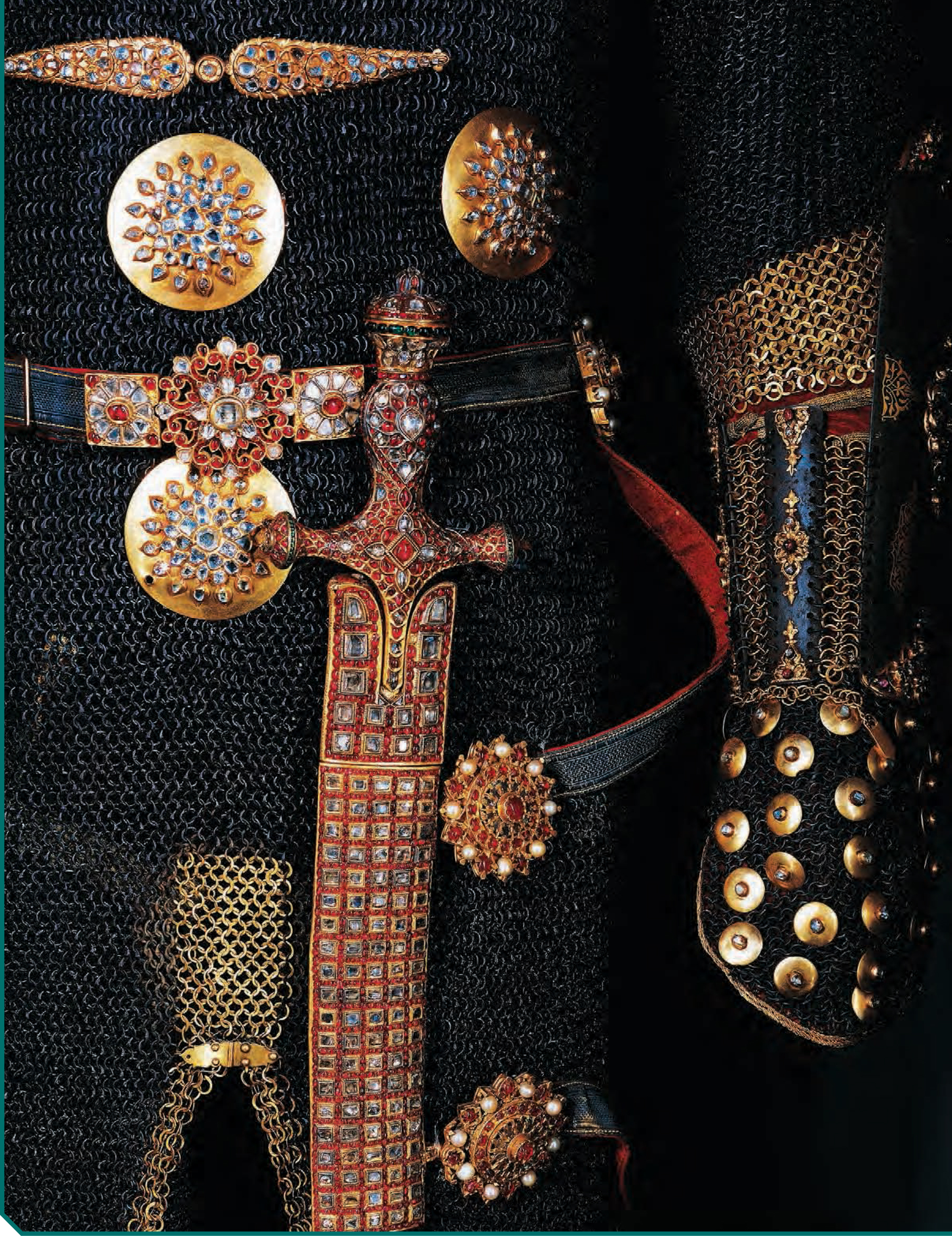
Archaeologists put artifacts, such as these swords and armor from the 1700s, into historical context to help us better understand the past. DEA/G. Dagli Orti/ Getty Images
Usually a student of archaeology obtains a Bachelor of Arts degree and then pursues a doctorate in a chosen field of archaeology. In addition to classwork, the graduate student must complete work in the field and in the laboratory. The student often uses this work to support a thesisan original dissertation outlining and supporting the solution of some specific archaeological problem of the students choosing. Once students have earned their Ph.D. (Doctor of Philosophy) degrees, they are ready to look for a job in archaeology. Archaeologists are employed in museums, colleges and universities, government agencies, and private research foundations.
In archaeology, artifacts are the material remains of past human life and activities. These include everything from the very earliest stone tools to the human-made objects that are buried or thrown away in the present day: everything made by human beingsfrom simple tools to complex machines, from the earliest houses, temples, and tombs to palaces, cathedrals, and pyramids.

